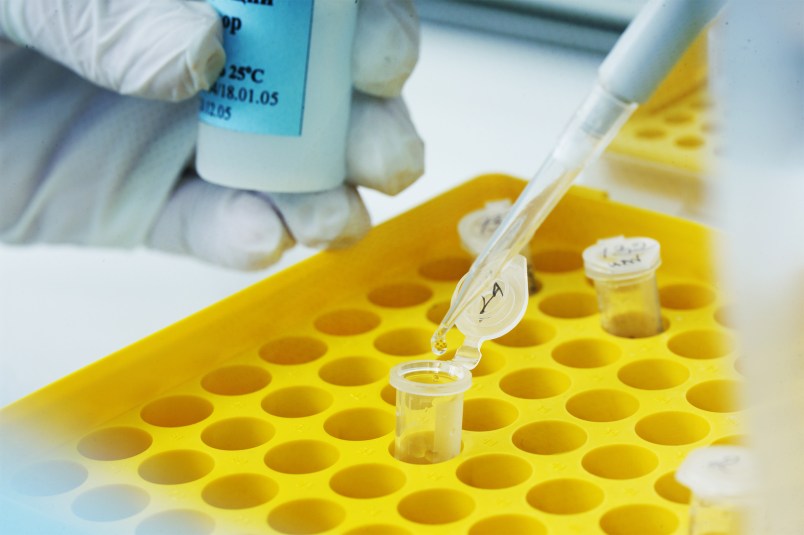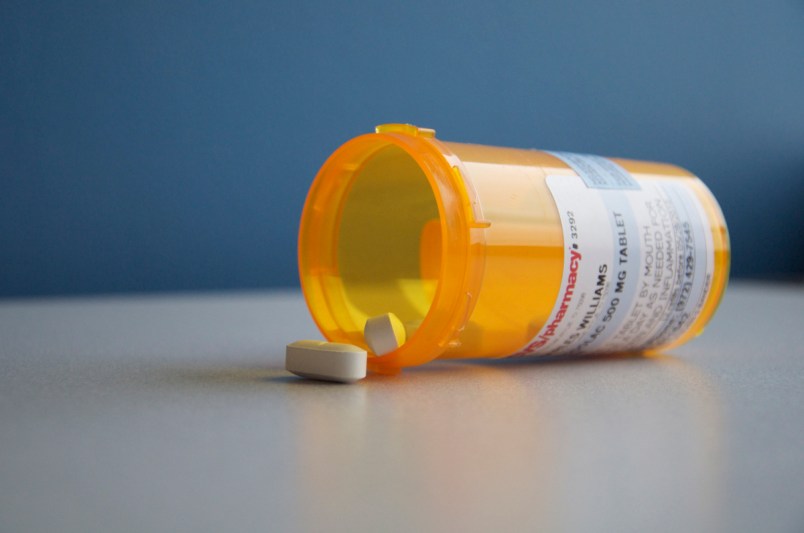While visiting the rural communes of northern Vietnam, Bruce McCormick, an American entrepreneur, saw a way to completely reshape the landscape of vaccine distribution. To replace the slow, centralized system found not only in Vietnam, but around the world, where supply chain delays can cost lives, he’s going to bring vaccines closer to where they’re needed most, and he’s going to do it with heat and ice.
In Vietnam, hepatitis B runs rampant, as it does throughout much of Southeast Asia. It’s a viral disease more infectious than HIV and easily transmissible from mother to child during birth, which can lead to a life-long infection that wrecks the liver. But it’s also a treatable disease; if infants can be vaccinated within 24 hours of being born, they have a 95 percent chance of growing up free from the virus, according to the World Health Organization.
To make sure newborns get treated right away, vaccines need to reach the point of care quickly. Delivering vaccines to remote areas is exactly what concerns McCormick, who is president of SAVSU Technologies, a Santa Fe, N.M.-based company that makes containers to store and transport medical supplies.
Hepatitis B vaccinations must be kept in a goldilocks zone, not too hot or too cold. In rural Vietnam and many other places in need of vaccinations, reliable refrigeration is a nonentity, so medical supplies are often kept in centralized hubs and shipped out when needed, McCormick said, in what amounts to little more than a Styrofoam beer cooler under a courier’s arm.
“It’s, quite frankly, a very archaic form of distribution,” he said of centralized storage. Though it cuts down on spoiled vaccinations, it means that health care workers are often left counting clouds, waiting for supplies to arrive.
 One of SAVSU’s products partially addresses this issue. The NanoQ container (pictured), a hard plastic reusable vessel, can refrigerate vaccines at temperatures just a few degrees above freezing for more than a week using less than two quarts of ice. The octagonal boxes are already used in places like Vietnam, but it’s SAVSU’s newest product, a completely passive solar-powered ice-maker, that McCormick thinks can change everything. It promises to turn the NanoQ into a viable long-term storage container, keeping medical supplies even closer to those who need them most.
One of SAVSU’s products partially addresses this issue. The NanoQ container (pictured), a hard plastic reusable vessel, can refrigerate vaccines at temperatures just a few degrees above freezing for more than a week using less than two quarts of ice. The octagonal boxes are already used in places like Vietnam, but it’s SAVSU’s newest product, a completely passive solar-powered ice-maker, that McCormick thinks can change everything. It promises to turn the NanoQ into a viable long-term storage container, keeping medical supplies even closer to those who need them most.
To capitalize on the NanoQ’s storage capabilities out in the field, McCormick wanted to find a way to supply it with ice using the only resources he knew remote sites would have in abundance: water and sunlight.
When envisioning a solar-powered ice-maker, most people would think of a contraption featuring panels of photovoltaic cells. SAVSU considered this option, but determined it was unsuitable for the conditions found where the NanoQ is used. “You can’t just ship solar panels to a healthcare worker out in the field and say, ‘Hey, here are the instructions, you have to set this up,’” McCormick said.
Instead, he came up with an old-school solution: absorption refrigeration, a method that goes way back to the beginnings of refrigerated systems. The basic premise is to create a setup where a chemical, often ammonia, evaporates and condenses in a cycle that sucks away heat from whatever it is you want to cool down. Burning fossil fuels is one way to kick off the first stage of evaporation, but when you’ve got a heat source as free and reliable as the sun, why complicate things?
To refine the design for this so-called “solar thermal ice machine,” McCormick went to Sandia National Laboratories, in Albuquerque, for help. Under a state program that pairs up researchers with small businesses, researchers Eric Coker and Brian Iverson helped McCormick meet the specific design challenges.
Rather than use ammonia, which could be harmful if it escaped from a damaged container, Coker and Iverson designed it to use methanol, a type of alcohol. At the start of the day, sunlight enters a glass window and heats up the methanol until it evaporates off of a porous carbon bed. The methanol is then forced through a heat exchanger, which condenses it, and gravity draws it down next to the water that’s about to become ice. At night, the methanol evaporates again by extracting heat out of the water reservoir and is reabsorbed by the carbon, leaving behind up to 15 pounds of ice by the time the sun comes back up. It’s a completely passive process, requiring no electricity whatsoever, just some water and sunlight.
SAVSU hopes to have the new ice-maker on the market by the end of the year, for a price around $1000. The company has received a grant to rekindle the collaboration with Sandia, in order to make it even more efficient.






